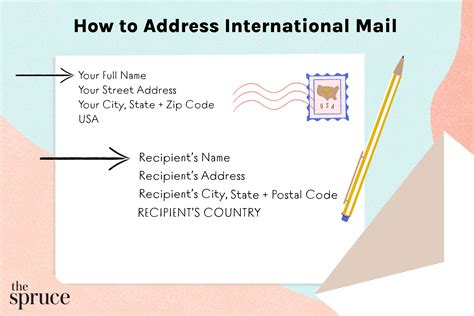How To Write an Address on an Envelope: A Complete Guide
Sending a letter might seem simple, but ensuring your mail arrives safely requires correctly addressing the envelope. This guide provides a step-by-step walkthrough, covering everything from formatting to international addresses. Mastering this skill will ensure your correspondence reaches its destination efficiently.
Understanding Envelope Addressing Basics
Before diving into the specifics, let's establish some fundamental principles. Accuracy is paramount. A single misplaced digit or misspelled word can significantly delay or even prevent delivery. Neatness is also key; a messy address is harder to read and more likely to be mis-interpreted.
Key Components of an Address:
- Recipient's Name: Write the recipient's full name clearly. Use titles like "Mr.," "Mrs.," "Ms.," or "Dr." if appropriate and known.
- Street Address: Include the house number and street name, clearly spelled out. Apartment or suite numbers should be included on a separate line below the street address.
- City, State, and ZIP Code: Write the city name, state abbreviation (e.g., CA, NY, TX), and ZIP code. The ZIP code is crucial for efficient mail sorting.
- Country (for International Mail): For international mail, the country name should be written clearly below the city, state, and ZIP code.
Step-by-Step Guide to Addressing an Envelope
Follow these steps for flawlessly addressing your envelopes:
-
Start with the Recipient's Address: Begin in the center of the envelope, slightly below the top edge. Write the recipient's full name on the first line, followed by the street address on the second line. If an apartment or suite number is necessary, add it on the third line. Maintain consistent spacing between each line.
-
Add City, State, and ZIP Code: On a new line, write the city, followed by a comma, the two-letter state abbreviation, and finally, the five-digit (or nine-digit with ZIP+4) ZIP code.
-
International Mail Considerations: For international mail, add the country name below the city, state, and ZIP code. Ensure you use the correct country name and adhere to any specific international addressing standards.
-
Return Address: Write your return address in the top left corner of the envelope. This allows the postal service to return the mail if it cannot be delivered. Include your full name, street address, city, state, and ZIP code.
-
Handwriting vs. Typing: While typing is neater, clear handwriting is perfectly acceptable. Just ensure your writing is legible. Avoid using cursive unless it's exceptionally clear.
Tips for Avoiding Delivery Issues:
- Double-check your spelling: Carefully review the address before sealing the envelope. Even a small error can lead to delays.
- Use a legible font: If typing, select a clear, easy-to-read font.
- Avoid using abbreviations: Spell out street names and city names in full. Only use standard abbreviations for state names and country names.
- Use black or dark blue ink: This enhances readability for automated mail sorting systems.
- Use a consistent format: Follow the standard address format consistently for both the recipient and return address.
Mastering the Art of Envelope Addressing: Beyond the Basics
Addressing envelopes correctly is a fundamental skill for effective communication. By following this comprehensive guide, you’ll ensure your correspondence reaches its intended recipient promptly and reliably. Remember, accuracy and neatness are key.
